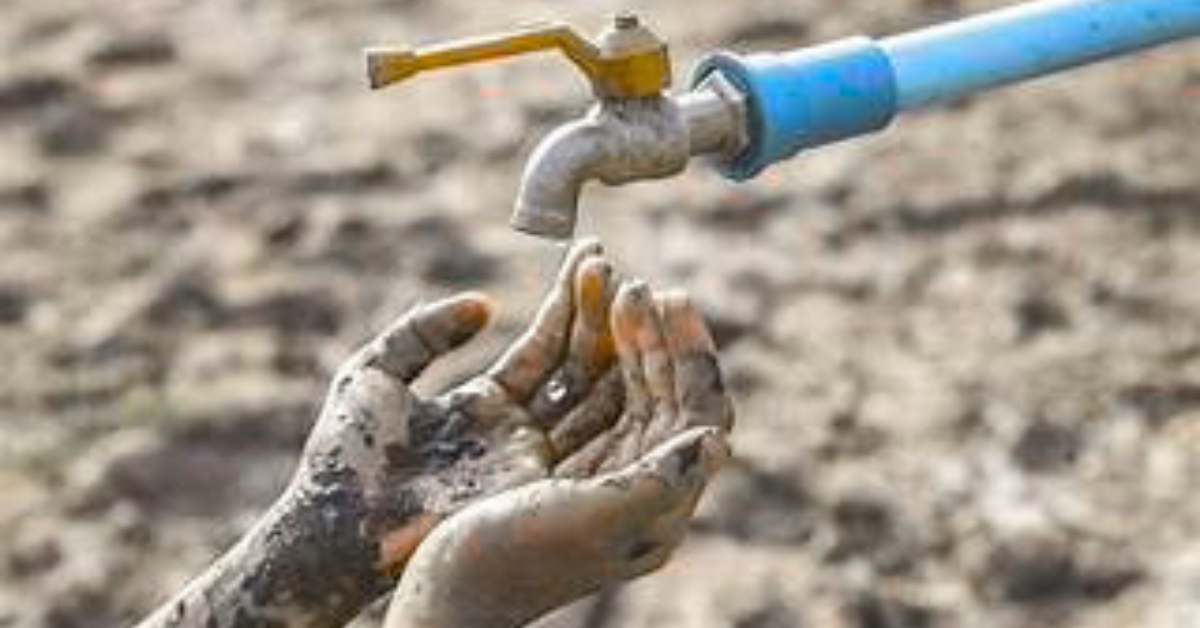Pakistan Water Crisis:
Pakistan is facing a severe water crisis that threatens its agriculture, economy, and the very survival of its people. With a rapidly growing population, climate change, and poor management of resources, the country is inching closer to becoming water-scarce. Experts warn that if urgent action is not taken, Pakistan could run dry by 2040.
Table of Contents
Pakistan’s Water Crisis :Key Causes of the Crisis
- Overdependence on the Indus River System
Pakistan relies heavily on the Indus River and its tributaries, which supply about 90% of the country’s freshwater. However, this system is under immense stress due to increasing demand and decreasing supply. The 1960 Indus Waters Treaty with India also limits Pakistan’s access to upstream water sources. - Population Growth and Urbanization
With a population exceeding 240 million, Pakistan’s water demand is surging. Rapid urbanization is putting additional pressure on aging infrastructure and increasing groundwater exploitation. - Climate Change
Shifting weather patterns, melting glaciers in the Himalayas, and irregular monsoons are disrupting traditional water cycles. Droughts and floods have become more frequent, affecting both water availability and quality. - Poor Water Management
Inefficient irrigation practices, lack of water recycling, and outdated infrastructure result in massive water wastage. Almost 60% of water is lost due to leakages and evaporation in the irrigation system. - Groundwater Depletion and Contamination
Over-pumping of groundwater, especially in urban areas like Lahore and Karachi, has led to a dramatic drop in water tables. In many regions, water is contaminated with arsenic, industrial waste, and untreated sewage.

Impacts on Agriculture and Economy
Agriculture, which accounts for over 20% of Pakistan’s GDP and employs about 40% of the workforce, is heavily dependent on water. Water shortages have led to reduced crop yields, food insecurity, and increased rural poverty. Hydropower generation is also affected, contributing to the country’s chronic energy shortages.
What Needs to Be Done for Pakistan’ water Crisis
- Build New Dams and Reservoirs
Pakistan needs more storage capacity to regulate seasonal water flow. Projects like the Diamer-Bhasha Dam are essential but require long-term investment and planning. - Modernize Irrigation Systems
Adopting drip irrigation, lining canals, and using water-efficient farming techniques can significantly reduce wastage. - Enforce Water Governance
Establishing a clear national water policy, regulating groundwater usage, and promoting public-private partnerships are crucial steps toward sustainable water management. - Raise Public Awareness
Educational campaigns can encourage water conservation at the household and community level. - Invest in Research and Technology
Water recycling, desalination, and rainwater harvesting should be explored as viable alternatives.
Conclusion
Pakistan’s water crisis is not just an environmental issue—it is a matter of national security and human survival. Without immediate and sustained efforts from the government, civil society, and international partners, the country risks facing a future where clean water becomes a luxury. The time to act is now.
Also Read :https://latestindiannews.com/the-brahmaputra-lowdown/

[…] Also Read :https://latestindiannews.com/pakistan-water-crisis-dry-till-2040/ […]